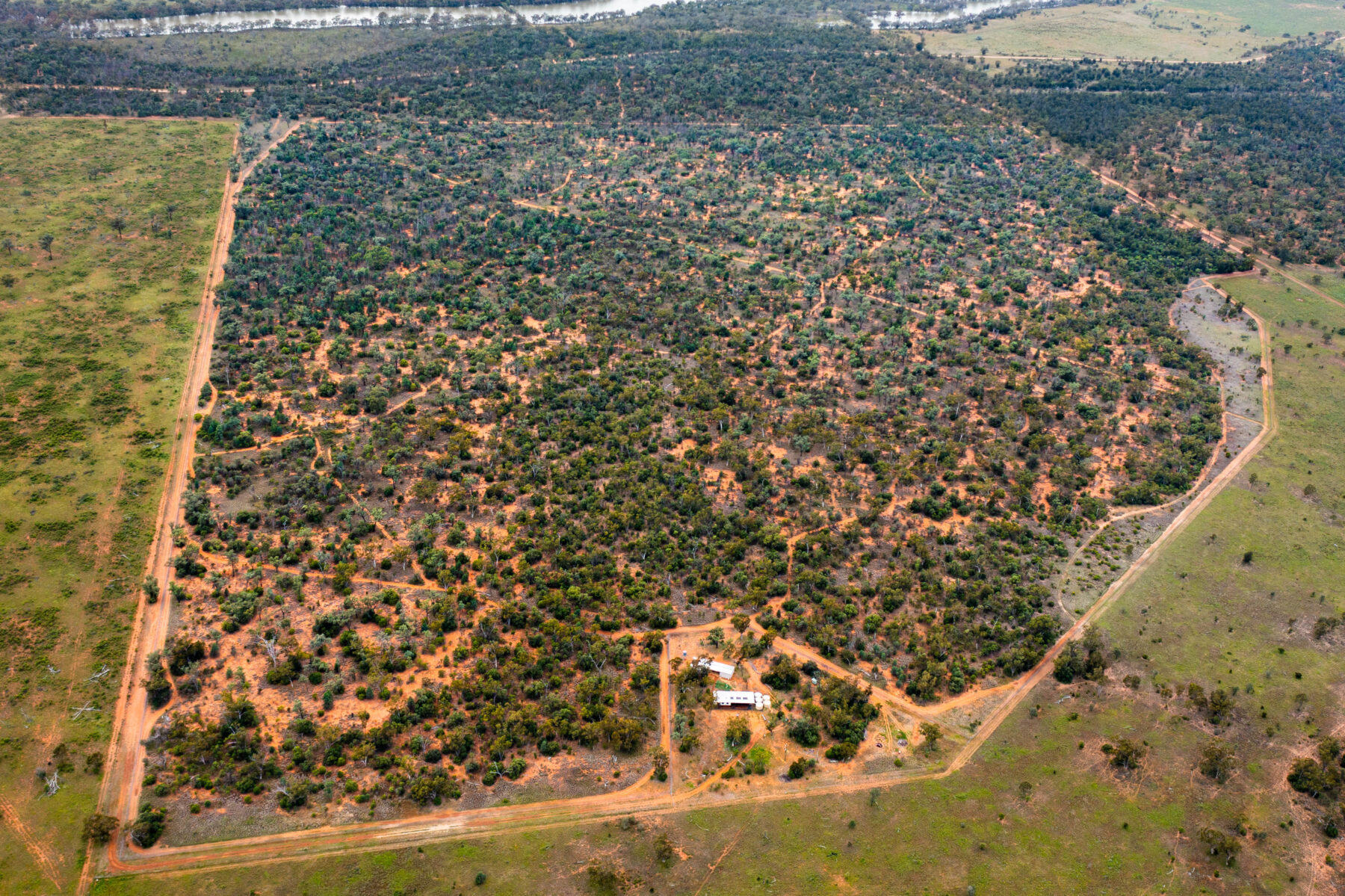Save the northern hairy-nosed wombat

We’re helping fund the Australian Wildlife Conservancy’s (AWC) important work with the critically endangered northern hairy-nosed wombat (Lasiorhinus krefftii).
In 2023, AWC entered a partnership with the Queensland Department of Environment and Science (DES) to conduct research and assume a management role at the 130ha Richard Underwood Nature Refuge (RUNR). This work includes predator-proof fence maintenance, weed removal, monitoring camera traps, downloading and collating data, daily tracking of wombats’ GPS collars and recording activity levels around burrows.
AWC will also collaborate with The Wombat Foundation to map the wombats’ burrow systems using ground-penetrating radar technology. Findings from the study will help inform the design of ‘starter burrows’ for future northern hairy-nosed wombat translocations. AWC also plans to conduct a census and develop a genetic management plan for the population.

As part of the collaboration, AWC has been working to acquire additional property with habitat suitable for northern hairy-nosed wombats. It’s not easy to find. The species has very specific soil type and depth requirements – sandy loam or sandy clay soils at least 2.5m deep – allowing wombats to dig burrows that are deep enough to stay cool in summer and warm in winter.
In May this year, 15 wombats were translocated to Powrunna State Forest. This reserve, which isn’t accessible to the public, is a partnership between DES, Gunggari Native Title Aboriginal Corporation and Gunggari Native Title Holders, mining giant Glencore and The Wombat Foundation, and it’s hoped that up to 60 wombats will be moved here in time. A huge amount of preparation was needed to get Powrunna ready for its new residents, from installing predator-proof fencing, creating supplementary water sources and digging ‘starter burrows’ so the wombats could settle in quickly.
More secure locations will be needed in future to protect these animals from unpredictable threats and, ultimately, to see them thrive beyond fenced areas across much of their former range.
Help us fund these experts, who are turning around the fortunes of these rare and beautiful mammals by using the latest science and technology.
Please make a tax-deductible donate to our Australia’s Most Endangered fundraiser today.




